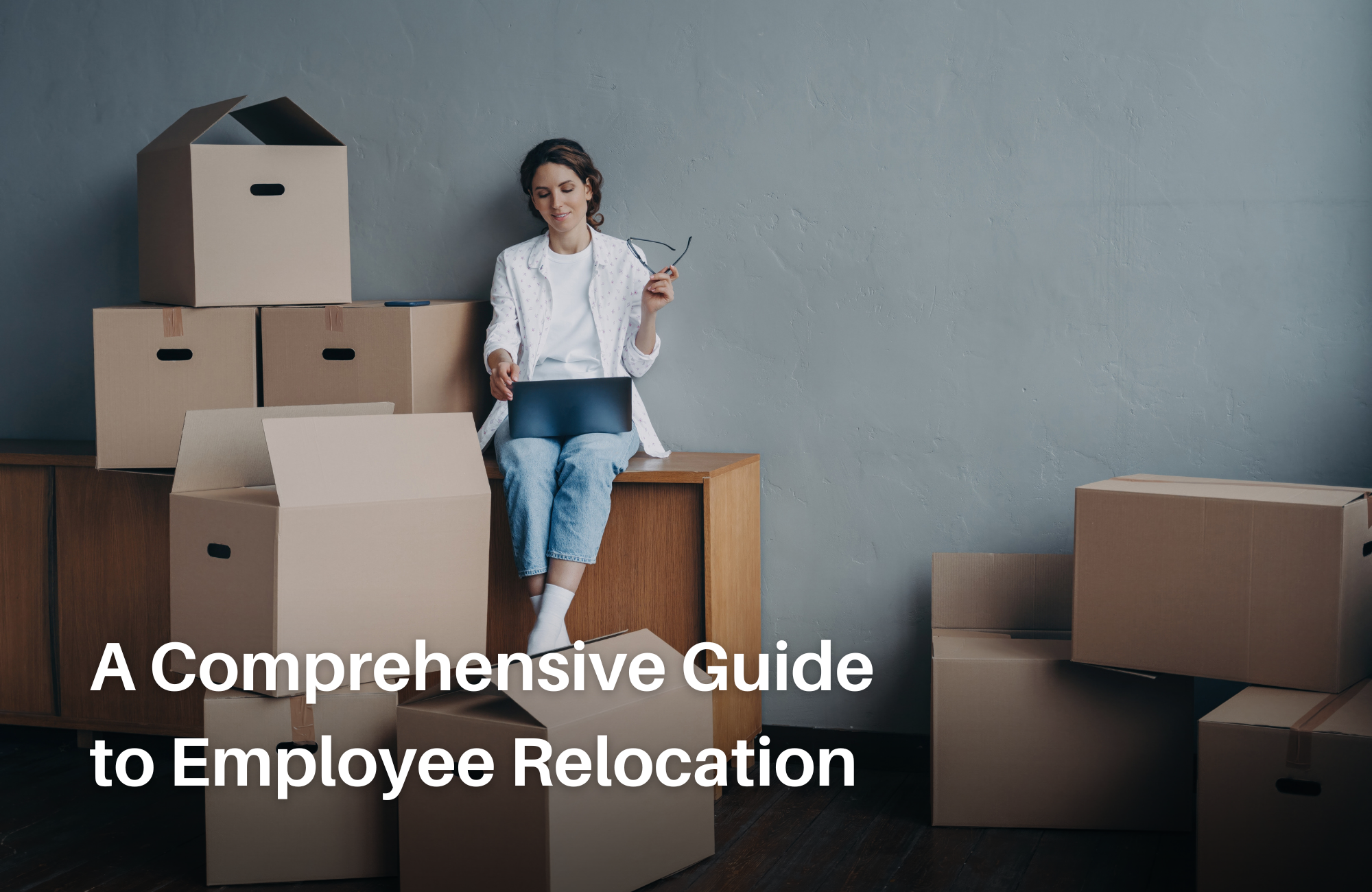Eight kinds of space your office needs for activity-based working
Why variety beats a one-size-fits-all floor plan Activity-Based Working (ABW) lets people choose the setting that fits the task: heads-down, shoulder-to-shoulder, face-to-camera, or feet-up. The point isn’t decorating for the sake of it—it’s aligning space with human attention, social energy, and the ebb and flow of a wo
Technology in the Workplace: Advantages, Importance, and Influence
What we mean by “workplace technology.” It’s the stack of digital tools, platforms, and infrastructure that power work—hardware like laptops and IoT sensors; software from cloud suites and project tools to cybersecurity and AI; plus the networks, data architecture, and policies that connect it all. In short, it’s the
12 benefits of a collaborative workspace
Significance of Collaborative Workspaces In recent years, collaborative workspaces have emerged as a pivotal element in the evolution of modern work culture. These dynamic environments offer more than just a place to work; they foster a vibrant community where professionals from diverse backgrounds can converge, engage, and in
What is flexibility in the workplace?
Definition of Workplace Flexibility Workplace flexibility refers to a range of work arrangements that allow employees greater control over when, where, and how they fulfill their job responsibilities. This concept encompasses various practices such as flexible working hours, remote work options, job sharing, and part-time role
A Comprehensive Guide to Employee Relocation: How to Manage the Process Effectively
Employee relocation is a strategic process where a company moves an employee from one location to another within the organization. This can be within the same city, to another region, or even internationally. Relocation is a common practice in many industries and plays a crucial role in talent management, business expansion, a





